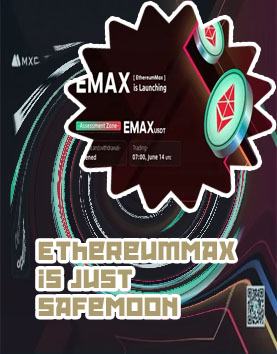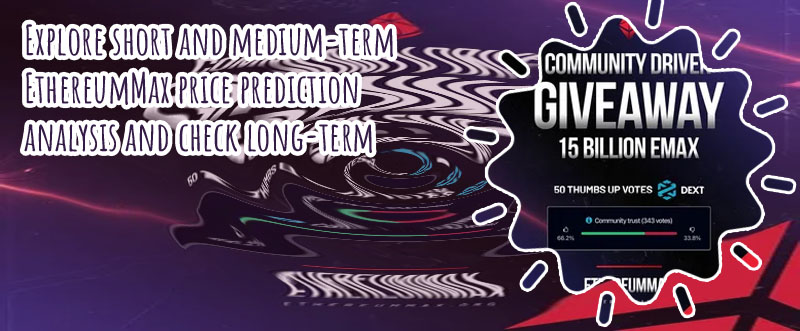When looking to maximize the potential of your Ethereum website, it's important to stay informed on the latest strategies and tips. Below are two articles that will provide valuable insights on how to optimize your Ethereum website for success.
10 Ways to Maximize Your Ethereum Website's Performance

In the world of Ethereum websites, maximizing performance is crucial for ensuring a seamless user experience and staying ahead of the competition. By implementing a few key strategies, website owners can significantly improve the speed, reliability, and overall performance of their platforms. Here are some expert tips to help you optimize your Ethereum website:
-
Optimize Images and Videos: Large media files can slow down your website loading times significantly. By compressing images and videos without compromising quality, you can improve site speed and performance.
-
Utilize Content Delivery Networks (CDNs): CDNs help distribute your website content across multiple servers worldwide, reducing latency and improving loading times for users across the globe.
-
Implement Caching: Caching stores frequently accessed data on the user's device, reducing the need to fetch resources from the server repeatedly. This can significantly improve loading times and overall performance.
-
Minimize HTTP Requests: Each element on your website, such as images, scripts, and stylesheets, requires a separate HTTP request. Minimizing the number of requests can help speed up loading times.
-
Regularly Monitor and Test Performance: Utilize tools like Google PageSpeed Insights or GTmetrix to regularly monitor and test your website's performance. Identify areas for improvement and make necessary adjustments to
The Ultimate Guide to Designing an Ethereum Website
In the fast-paced world of cryptocurrency, having a well-designed website is essential to attracting users and investors. When it comes to creating a website for Ethereum-related projects, there are specific considerations and best practices to keep in mind.
First and foremost, it is crucial to have a clear and concise homepage that communicates the purpose of the project. This includes a brief introduction to Ethereum, its features, and how your project fits into the ecosystem.
Secondly, ensure that your website is mobile-responsive. With the increasing use of smartphones and tablets, it is essential that your site looks and functions well on all devices.
Next, make sure to include a section on your website that explains the technology behind Ethereum and how it works. This can help educate visitors who may not be familiar with blockchain technology.
Additionally, provide easy access to resources such as whitepapers, technical documentation, and community forums. This can help build trust with potential users and investors by providing them with all the information they need to make an informed decision.
Lastly, consider incorporating interactive elements such as videos, infographics, and interactive charts to make your website more engaging and informative. By following these guidelines, you can create a professional and user-friendly website that effectively showcases your Ethereum project.

